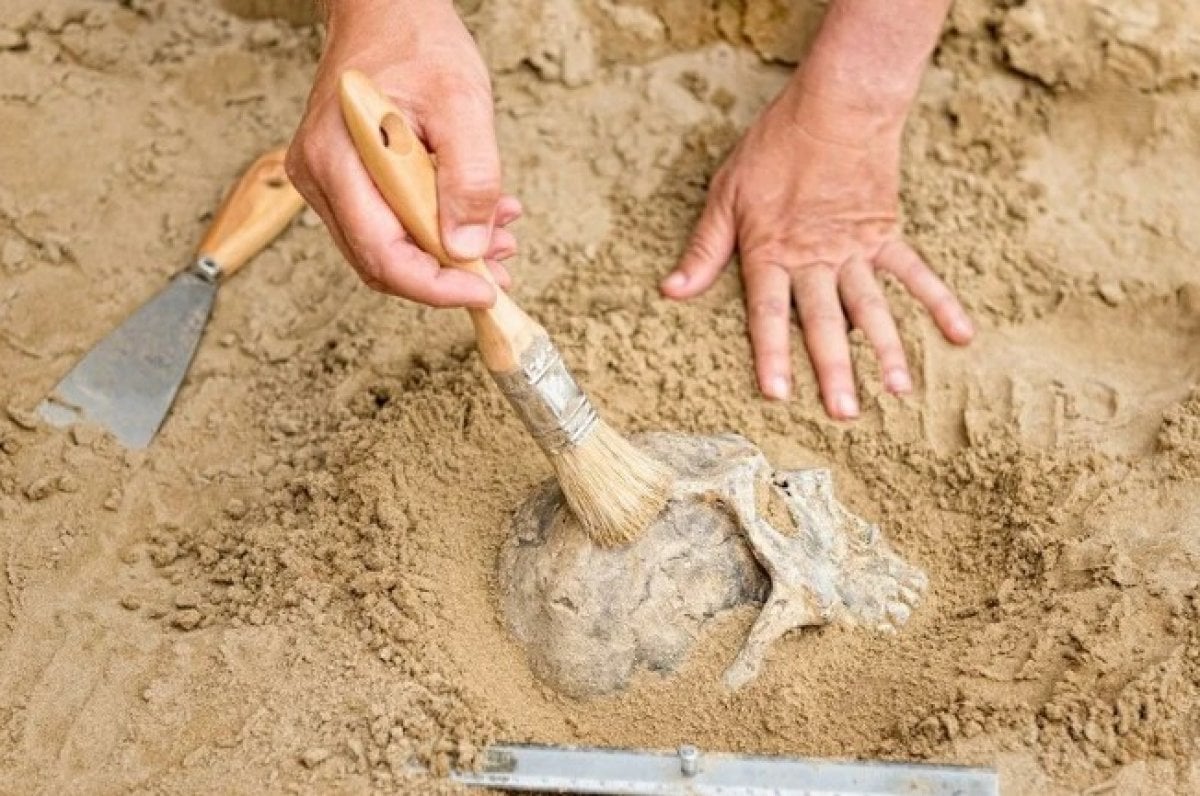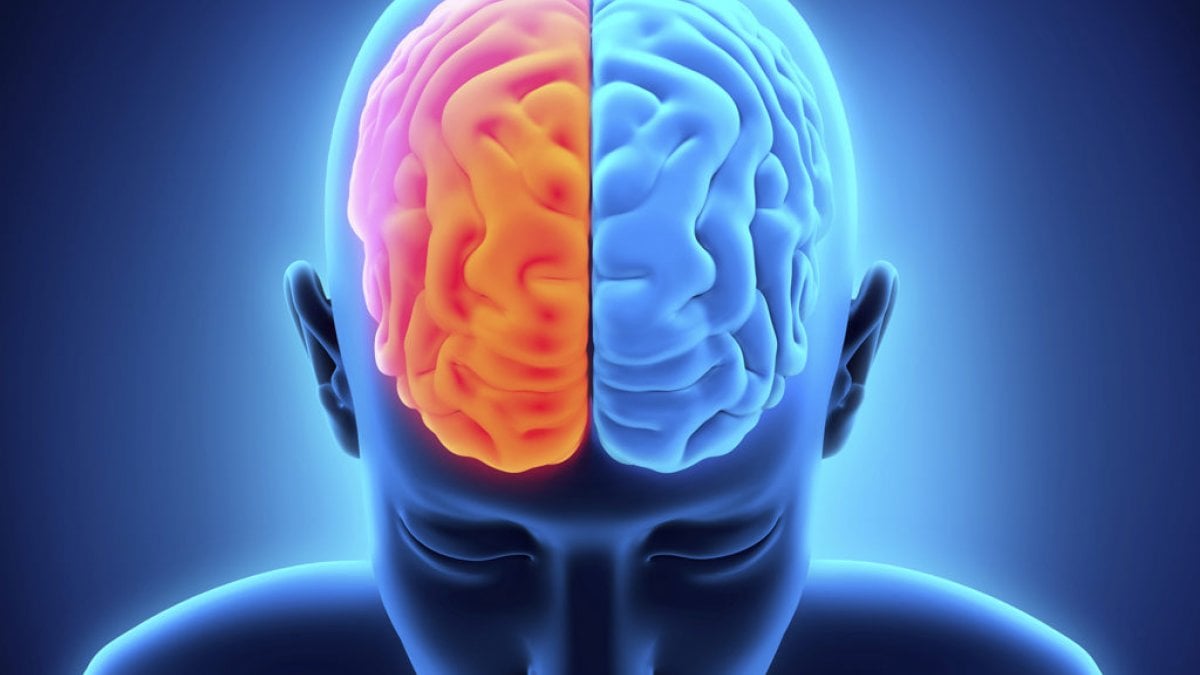A new study conducted in the USA; showed that the brain had shrunk compared to about 3,000 years ago as a result of the division of labor and socialization among humans.
According to US researchers, a reduction in the size of the human brain began 3,000 years ago.
During this time, ancient people created social circles in which knowledge was shared or individuals were experts at certain tasks, causing the brain to become more efficient and shrink in size.
Boston University researchers explained that they thought that ancient people needed less brain energy to store information, and that their brains shrank as a result.
THE MODERN HUMAN BRAIN CAN BE EVEN SMALL
The scientists also said that this shows that modern humans’ brains may be even smaller due to technologies that store everything there is to know.
Co-author of the study, published in the journal Frontiers in Ecology and Evolution, Dr. James Traniello “We think this decline is due to increased reliance on collective intelligence, the idea that a group of people is smarter than the smartest person in the world. This is often referred to as the ‘wisdom of the crowd’.” said.

“WHY OUR BRAINS ARE SHRINKING…”
On the other hand, despite this recent decline, the human brain has grown almost fourfold in the last 6 million years. But the volume of human brains is thought to have declined since the end of the last Ice Age.
The scientists used a change point analysis to reveal the cause of the changes in the brain and found that the size increases that occurred millions of years ago coincided with the early evolution of humans and technological advances.
Co-author of the study, of Dartmouth College, Dr. Jeremy DeSilva “A surprising fact about humans today is that our brains were smaller compared to the brains of our Pleistocene ancestors. Why our brains shrink has been a great mystery to anthropologists.” said.
COMPARISON WITH ANTS
On the other hand, to solve this great mystery, the researchers analyzed historical patterns of human brain evolution, comparing their findings with what is known in ant societies, and offered broad insights.
Traniello, “A biological anthropologist, a behavioral ecologist, and an evolutionary neurobiologist shared their thoughts on brain evolution. They discovered that bridge research on humans and ants could help determine what is possible in nature.” made the statement.
“WE FOLLOWED DIFFERENT PATH IN SOCIAL EVOLUTION”
“Ant and human societies are very different and have followed different paths in social evolution.” said Traniello, continuing:
“Ants share important aspects of social life with humans, such as group decision-making and division of labor, as well as the production of their own food (agriculture). These similarities can inform us widely about factors that can influence changes in the size of the human brain.”

LESS ENERGY
As a result, the researchers explained that smaller brains used less energy and that when ancient humans started sharing information 3,000 years ago, their brains needed less energy to store a lot of information, and therefore their size decreased.
–


